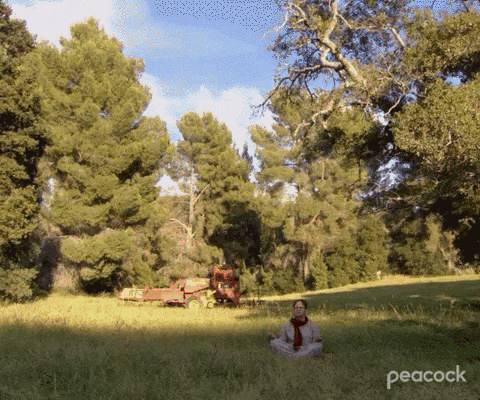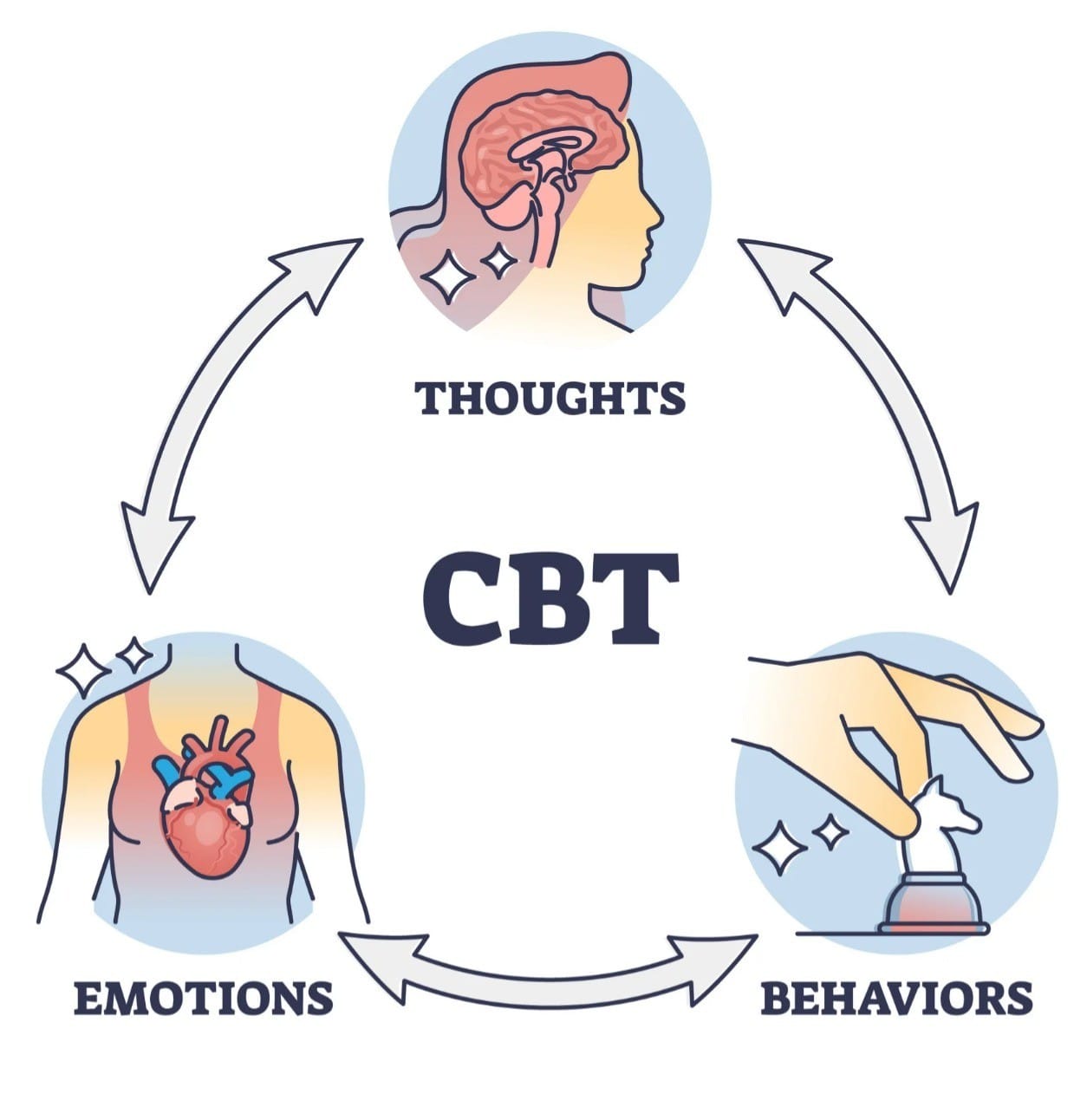You Should Track Your Emotions
Knowing what you're dealing with is often a good first step to make a change. Emotion tracking is a tool that's helped me spot patterns in my own life so that I can make tiny improvements over time.

Like many, I’ve struggled off and on throughout my life with strong negative emotions. It’s not something I’ve had total control over, which makes it easy to feel powerless when facing these emotions.
While it hasn’t been fun to experience these things, they have led me on journeys of self-discovery.
I got into meditation and journaling because of anxiety and depression. I found meditation helped quiet my thoughts, while journaling created a physical separation between my thoughts and the page.

Another habit that’s been helpful to me is emotion tracking.
I first became aware of this concept back in 2022 when an app called How We Feel was named Apple’s Cultural Impact Winner of the year in the App Store.
Prior to this, I hadn’t really heard of emotion tracking.
I’d done some self-assessments via Headspace relating to depression, but I’d never seen anything that provided a comprehensive look at all emotions, negative and positive.
Since then, I’ve become much more exposed to the idea. Emotion tracking was even introduced natively to Apple Health in 2023 (more on that later; spoiler, it kinda sucks).
This week, I’m going to explore how emotion tracking has helped me navigate my life thoughtfully. Maybe, you might be interested to give it a try by the end.
Why Track Your Moods?
Our lives our busy. Dozens (if not more) of apps compete for our attention on a daily basis.
So, why track your moods?
The NIH conducted a study evaluating the benefits of emotion tracking.
Most users began this activity based on a prior period of negative emotion, and many saw benefits from the practice. A lot of people felt that tracking their emotion allowed them to be more aware of what they were experiencing.
Additionally, a separate study done by ASU noted that tracking your moods leads to a "higher persistence of positive emotions.”

Participants in both studies found value in recording and being able to see their emotions over a set period of time.
They were able to recognize patterns in the midst of certain moods, enabling them to act and maybe make smarter or healthier choices.
One draw back that the NIH pointed out, though, is that people are sometimes less likely to report negative emotions, which makes it more difficult to act on.
You can’t just cherry pick the good times.
How to Track Your Emotions (for Free)
Apple added native emotion tracking to Apple Health back in 2023. If I’m being honest, I think their tracking is quite bad.
It’s been awhile since I’ve tried it, but their tracking didn’t account for many nuanced emotions and wasn’t really a joy to use.
Instead of Apple Health, I use an app called How We Feel.
I love this app. It’s entirely free and runs purely on donations (which they don’t pester you for). It was built by a team of experts that included scientists, psychologists, and designers.
I think the app is incredibly simple to use, which makes it all the more likely that I’ll stick with it.
I set up reminder times, and the app sends me a push notification.
From there, the app divides emotions into 4 quadrants: High Energy Pleasant, High Energy Unpleasant, Low Energy Pleasant, and Low Energy Unpleasant.
They really nail the approach here. It’s fairly easy for me to determine which quadrant I’m in, which then makes it easier to estimate my closest emotion.
For example, maybe on a particular Thursday morning, I’m feeling a bit groggy. I would start by selecting the Low Energy Unpleasant category. Looking at the emotions in this quadrant, I’d then pick “tired” as the emotion that most closely relates to how I feel.

The farther into the corners you go, the more extreme the emotions get.
Enraged is an emotion far into High Energy Unpleasant, while serene is one of the farthest emotions in the Low Energy Pleasant quadrant.
Once you pick an emotion, you can click a handful of tags based on what you’re doing, where you are, and who you’re with. The app will also pull some data like sleep, exercise and weather if it’s available.
I do find it pretty helpful to apply at least a couple tags.
One last part of the app I quite enjoy is the Weekly Review. Every Sunday, the app will go through the emotions from that week and tell me what trends its noticed. This is where those tags come in handy.
For instance, one insight from my last review was that I was frequently experiencing tiredness during the mornings later into the week. Maybe I wasn’t getting enough sleep.
Some of the insights are pretty interesting. Another example is that I report feeling Low Energy Unpleasant emotions (like tiredness) 80% of the time when it’s raining.
How Emotion Tracking Has Helped Me
I’ve been tracking my emotions on and off since about June 2023. I’ve been back in the habit recently and am currently on a 22 day streak.
I do think emotion tracking helps me feel slightly better on average. It certainly hasn’t made me feel ecstatic all the time, but I find when I go to track my emotions, I often feel better than expected upon reflection.
I mentioned above the insight I experienced relating to tiredness.
Another insight I’ve had is that sometimes, if I spend too much time at home, I feel worse.
For example, I often feel more energized with pleasant emotions when I go into the office versus working from home. As someone who has introverted tendencies, it’s interesting to realize I might need less alone time than I initially thought.
Another area of insights relates to activities.
If I’m feeling tired, exercise almost always makes me feel better afterwards. I’ll normally hit a late afternoon slump, go to the gym, and feel better after.

On the other hand, dopamine heavy activities like scrolling on my phone are certain to make me feel a High Energy Unpleasant emotion like anxiety or tenseness.
When emotion tracking, I have a better idea of how to act when I experience certain emotions.
If I’m tired and don’t feel like going to the gym, I feel more empowered to just go. If I’ve been on my phone too long, I know something like meditation might help me reset myself.
Using an app like How We Feel empowers me to better manage my emotions and behaviors.
What Gets Measured Gets Managed
Like many tools, emotion tracking won’t fix all that ails you. There is no panacea unfortunately.
Emotion tracking does remind me that I do have some degree of control over my mental and emotional state.
Cognitive behavioral therapy teaches how thoughts, emotions, and behaviors are in a dance with one another. You might not be able to immediately change an emotion, but you can change a behavior.

Knowing what emotion you’re feeling is the first step to making a change.
As with many tools, there’s often little harm in trying it out. Maybe emotion tracking works for you. Maybe it doesn’t. You won’t know until you try.
Have you tried tracking your emotions? If so, have you uncovered any patterns you weren’t originally aware of?
If you found this post interesting, please consider subscribing so that the next post gets delivered straight to your inbox!
